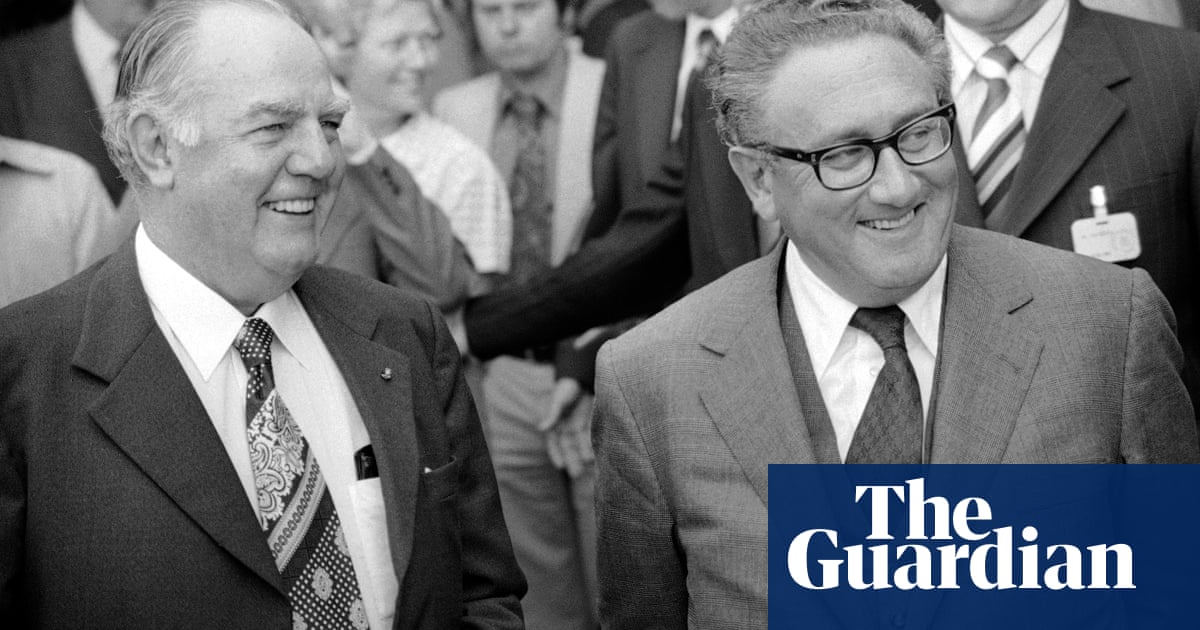
Just over 400 years ago, English composer William Byrd faced a quandary remarkably similar to today’s artists who are finding themselves forced to work in isolation.
It was not a global pandemic that forced him into isolation in the Essex countryside, but rather his religion. A devout Catholic living in post-Reformation England, a time when papists were regularly beheaded, burnt alive, or hanged, Byrd (1540-1623) was unable to practise his faith in public. The 1559 Act of Uniformity forbade the celebration of the Catholic liturgy in England, which meant much of his artistic output – namely Latin-texted music – was conceived and first performed in secret.
Despite the gruesome warnings, Byrd and other Catholics continued to celebrate the mass, with music often at the heart of these meetings behind closed doors. Sir John Petre, a fellow recusant and one of Byrd’s patrons, held clandestine services in his home, Ingatestone Hall, which still stands today. A contemporary account of such a gathering, held in July 1586 in celebration of the arrival from Rome of Catholic missionaries Henry Garnet and Robert Southwell, describes:
“A congenial household and company … the gentleman was also a skilled musician and had an organ and other musical instruments and choristers, male and female, members of his household. During these days it was just as if we were celebrating an uninterrupted Octave of some great feast. Mr Byrd, the very famous English musician and organist, was among the company …”
Petre also sheltered persecuted Catholics, and Ingatestone contains two secret hideaways, “priest holes”, built into the walls of the house and designed specifically to conceal priests and their religious paraphernalia from discovery by government-sponsored priest hunters.
However careful they were, though, the danger remained real: both Garnet and Southwell were eventually arrested, tortured and executed by hanging, their severed heads displayed as a warning to others. A Catholic priest arrested in 1605, around the time of the Gunpowder Plot, was found with copies of Byrd’s music in his possession; and Stephen Vallenger, a publisher who printed the pro-Catholic text Why Do I Use My Paper, Ink and Pen (which Byrd later set to music) had his ears cut off and was imprisoned for life.
Byrd was lucky, though. A favourite of the music-loving Elizabeth I, he had been a member of her Chapel Royal, and was one of only two composers to be granted an exclusive publishing licence (Byrd’s mentor being the other). He escaped severe punishment, receiving instead an indictment for failing to attend Protestant church services, a crime under the Act of Uniformity.
Yet, despite what must have been a constant anxiety, Byrd was able to write some of his greatest works setting Catholic texts. He wrote three masterly settings of the Mass, and two volumes of Gradualia, a collection of 109 pieces of music for the Catholic church year, which includes some of the most ingenious examples of polyphonic writing from the Renaissance. It’s clear these works were intended for secret gatherings: no longer was Byrd writing for the lavish musical resources of Elizabeth’s large professional Chapel Royal, but instead the relatively modest ad hoc provision of well-to-do amateurs, with most likely single voices for many pieces, and women (rather than boys) singing the top parts. Byrd dedicated Gradualia to Petre, writing that its contents had “mostly proceeded from your house, which is most friendly to me and mine” going on to say that “these little flowers are plucked as it were from your gardens and are most rightfully due to you as tithes”.
The Marian Consort’s new album, Singing in Secret, is dedicated to Byrd’s clandestine Catholic music, a project dreamed up long before we had any idea how it might acquire a new resonance. The emotional turmoil Byrd must have felt is sublimely communicated through his music, and our modest performing forces capture the cloistered intimacy the composer himself must have experienced when first hearing and singing these works at Ingatestone Hall. Whether in the late 16th century or the early 21st, this is music of great heart, pathos and hope, which offers comfort in times of uncertainty and distress: it is easy to see why one late-16th-century music collector described Byrd as “a glory to our race, and a nightingale to our people”.
• Rory McCleery is artistic director of the Marian Consort. Singing in Secret is out now on Delphian.












